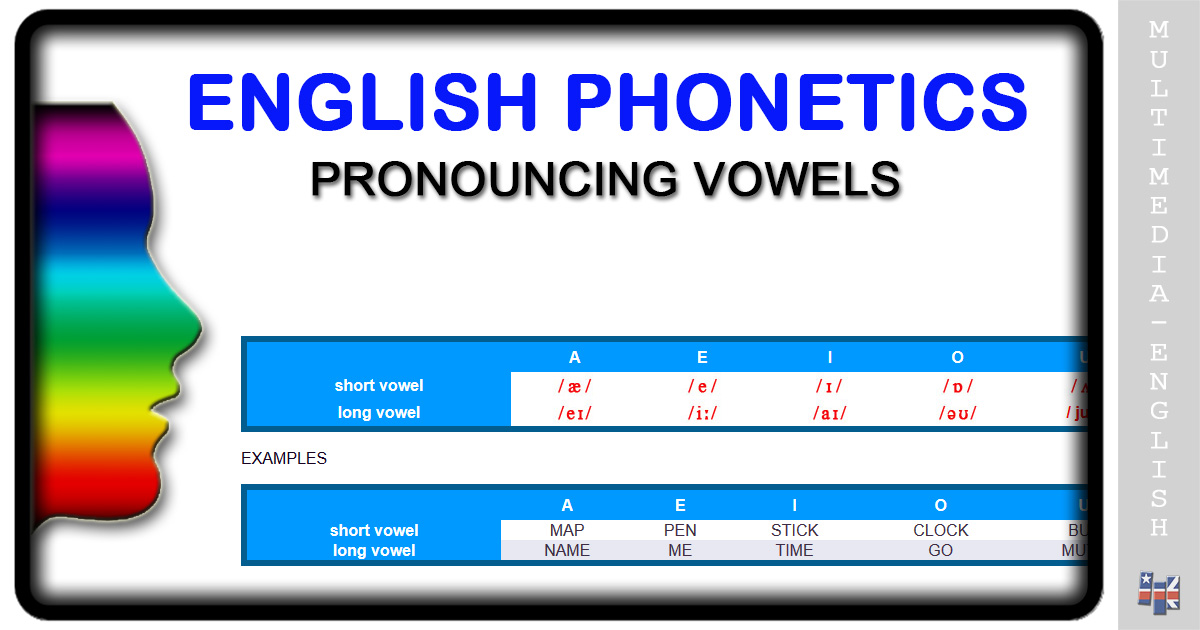


Some languages allow other sounds to form the nucleus of a syllable, such as the syllabic (i.e., vocalic) l in the English word table (when not considered to have a weak vowel sound: ) or the syllabic r in the Serbo-Croatian word vrt "garden". In oral languages, phonetic vowels normally form the peak (nucleus) of many or all syllables, whereas consonants form the onset and (in languages that have them) coda. A phonetically equivalent but non-syllabic sound is a semivowel. In the phonological definition, a vowel is defined as syllabic, the sound that forms the peak of a syllable.This contrasts with consonants, such as the English "sh", which have a constriction or closure at some point along the vocal tract. There is no significant build-up of air pressure at any point above the glottis. In the phonetic definition, a vowel is a sound, such as the English "ah" / ɑː/ or "oh" / oʊ/, produced with an open vocal tract it is median (the air escapes along the middle of the tongue), oral (at least some of the airflow must escape through the mouth), frictionless and continuant.There are two complementary definitions of vowel, one phonetic and the other phonological. In English, the word vowel is commonly used to refer both to vowel sounds and to the written symbols that represent them (a, e, i, o, u, and sometimes w and y). The word vowel comes from the Latin word vocalis, meaning "vocal" (i.e. They are usually voiced and are closely involved in prosodic variation such as tone, intonation and stress. Vowels vary in quality, in loudness and also in quantity (length). Vowels are one of the two principal classes of speech sounds, the other being the consonant.

For the distinction between, / / and ⟨ ⟩, see IPA § Brackets and transcription delimiters.Ī vowel is a syllabic speech sound pronounced without any stricture in the vocal tract. For an introductory guide on IPA symbols, see Help:IPA.

This article contains phonetic transcriptions in the International Phonetic Alphabet (IPA).


 0 kommentar(er)
0 kommentar(er)
